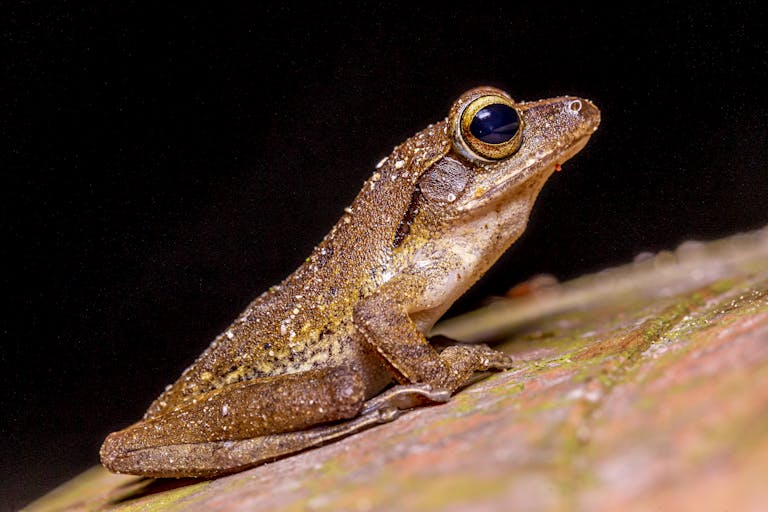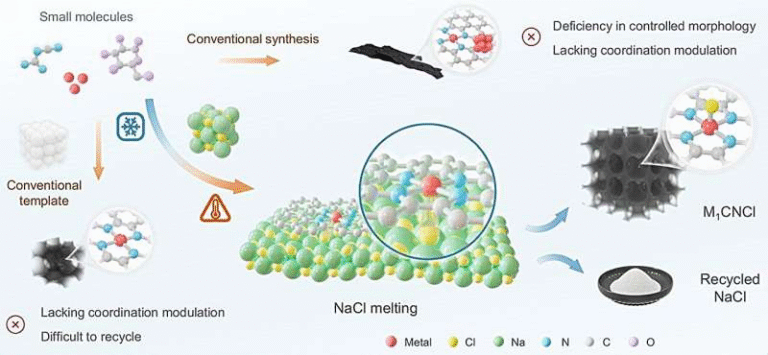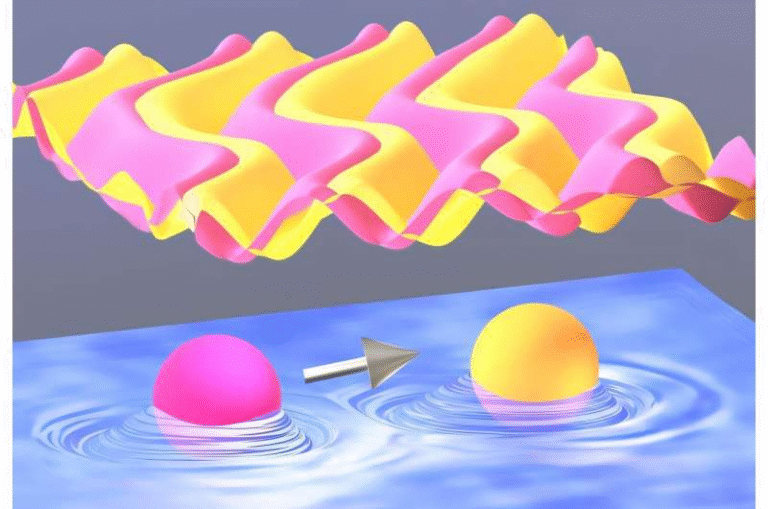Scientists Reveal Mediterranean “False Coral” and Other Bryozoans Are Struggling With Warming and Acidifying Oceans

A new study published in Communications Biology on July 31, 2025 delivers a detailed look at how Mediterranean bryozoans, tiny marine invertebrates often overlooked compared to corals, are coping with the dual stressors of ocean warming and acidification. These species, sometimes called the ocean’s hidden architects, build three-dimensional frameworks that provide shelter for marine life. The findings, however, raise concerns about their long-term survival and the cascading effects on ecosystems that depend on them.
Who Conducted the Research
The work was led by researchers from the Institut de Ciències del Mar (ICM-CSIC) in Barcelona, with contributions from the University of Barcelona, the Stazione Zoologica Anton Dohrn in Naples, and other partners. It was supported through projects like MedCalRes, HOLOCHANGE, and MedAcidWarm, which are all focused on understanding and mitigating climate-driven changes in marine ecosystems.
Where and How the Study Was Done
The team took advantage of a natural laboratory: volcanic CO₂ vents off Ischia Island, Italy. These vents release bubbles of carbon dioxide from the seafloor, mimicking the acidic conditions that scientists expect by the end of this century. Over a five-year monitoring period, researchers compared bryozoans living near these vents with those in normal conditions, adding in temperature modeling to test the combined impact of acidification and warming.
Advanced methods, including computed microtomography, were used to create 3D images of the internal skeletons of the organisms. These images allowed precise measurements of skeletal thickness, mineral content, and overall structural changes, providing some of the most detailed views ever obtained for bryozoans.
The Species Under Study
Two habitat-forming bryozoan species common in the Mediterranean were analyzed:
- Pentapora ottomuelleriana: an encrusting bryozoan with a skeleton made of both calcite and aragonite.
- Myriapora truncata: known as false coral, this erect bryozoan has a fully calcitic skeleton and is especially widespread.
Both species play an important ecological role, yet they respond differently to stressors.
Skeletal Changes Under Acidification
The study showed clear skeletal adjustments:
- In Pentapora ottomuelleriana, colonies exposed to acidification had a lower magnesium-calcite content, dropping from about 9.47 to 8.33 mol %, with thinner skeletons and smaller zooid volumes.
- In Myriapora truncata, the skeleton became thicker under acidic conditions, but this came at the cost of smaller zooid volumes, hinting at a trade-off in growth and function.
These changes suggest that while the species show some ability to acclimate, the modifications do not fully offset the negative impacts.

Microbiome Disruptions
The research went further by analyzing the microbiomes of these bryozoans. This was the first detailed description of the microbiome for Myriapora truncata. Results revealed that even when the colonies appeared outwardly healthy, there was a loss in microbial functional diversity.
Genera involved in key roles like nutrition, defense, and stress resistance declined under acidified conditions. This indicates that microbiome changes could act as early warning indicators of environmental stress, undermining the resilience of these habitat builders long before visible damage becomes clear.
Warming Intensifies the Damage
Acidification is only part of the problem. When rising ocean temperatures were factored in through modeling, the picture worsened. The combined stress of warming and acidification led to:
- Significant declines in coverage of Pentapora ottomuelleriana.
- Higher mortality rates.
- Increased skeletal fragility, with morphological plasticity proving insufficient to counteract the pressures.
This underscores how multiple stressors interacting together can cause damage well beyond what is seen from acidification or warming alone.
Why This Matters
Bryozoans like false coral are often overshadowed by corals in public awareness, but they are critical habitat builders. Their decline could lead to cascading ecological impacts, threatening the many marine species that depend on them for shelter and food.
The study also highlights the importance of examining not just the visible health of marine organisms but also their microbiomes and internal skeletal structures. Both provide deeper insights into the stress responses and hidden vulnerabilities of these species.
Conservation and Next Steps
The findings open new directions for conservation and management. By identifying microbial partners that play beneficial roles, future research may explore nature-based approaches to improve the resilience of bryozoan holobionts (the host plus its microbiome).
Ongoing projects like HOLOCHANGE and MedAcidWarm aim to deepen this understanding, helping to anticipate and mitigate the impacts of climate change on Mediterranean ecosystems. Researchers emphasize the need for integrated, interdisciplinary analyses to fully capture the complexities of ocean change.
Conclusion
This study is one of the most comprehensive assessments of how ocean acidification and warming jointly affect Mediterranean bryozoans. While these small but mighty architects show some adaptability, the combined pressures are eroding their resilience, threatening not just individual species but entire ecosystems that rely on them.
TLDR
Scientists studied Mediterranean bryozoans Pentapora ottomuelleriana and Myriapora truncata at CO₂ vents in Italy. Results showed weakened skeletons, reduced microbial diversity, and higher mortality under warming and acidification, raising alarms about habitat loss and ecosystem risks in a changing ocean.
Research Paper: Interactive effects of ocean acidification and warming disrupt calcification and microbiome composition in bryozoans





